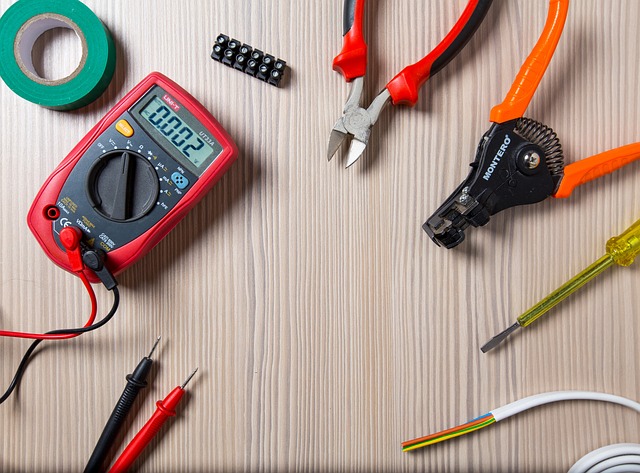Mercedes ventilated seats, a luxurious comfort feature, require regular maintenance and expert intervention for Mercedes ventilated seat repair. Faulty sensor feedback can lead to inefficient cooling/heating or complete inactivity. Diagnosing issues involves meticulous inspection, advanced tools, and checking error codes related to the seat control module. Repairs range from simple sensor replacements to complex collision repair. Initial steps include powering down the vehicle, visually inspecting seats, and using a scan tool for diagnostics. Persistent sensor problems necessitate consultation with specialized auto body repair services.
Struggling with a faulty sensor in your Mercedes ventilated seat? This comprehensive guide is your go-to resource for repairing and restoring your comfort. We’ll take you through the intricacies of Mercedes ventilated seat systems, uncovering common issues often linked to sensor feedback problems. After diagnosing the fault, our step-by-step repair guide will equip you with the knowledge to fix the sensors, ensuring your seats once again provide optimal ventilation. Discover expert tips for a successful Mercedes ventilated seat repair.
- Understanding Mercedes Ventilated Seat Systems and Common Issues
- Diagnosing the Faulty Sensor Feedback Problem
- Step-by-Step Repair Guide for Ventilated Seat Sensors
Understanding Mercedes Ventilated Seat Systems and Common Issues
Mercedes ventilated seats are a luxurious feature designed to enhance comfort during extended drives. These advanced systems incorporate temperature sensors and control units that regulate air flow, ensuring the perfect ambient temperature for each occupant. However, like any sophisticated mechanism, they can encounter issues over time. Common problems include faulty sensor feedback, leading to inefficient cooling or heating. In some cases, this may result in a completely inactive seat, necessitating a Mercedes ventilated seat repair.
Proper maintenance and timely repairs are crucial to prevent more severe complications. Recognizing the signs of a malfunctioning system is essential. These might include sudden changes in temperature settings, inconsistent performance, or complete failure to respond to control inputs. When issues arise, owners should consider seeking expert help from specialized body shop services that offer car restoration and auto painting solutions, ensuring not just functional repair but also the seat’s aesthetic integrity.
Diagnosing the Faulty Sensor Feedback Problem
When dealing with a Mercedes ventilated seat that’s not functioning properly due to faulty sensor feedback, diagnosing the issue is a crucial first step in the Mercedes ventilated seat repair process. This problem can manifest in various ways, from unresponsive seats to incorrect ventilation settings. Technicians and owners alike should begin by checking for obvious signs of damage or loose connections within the seat’s electrical system. The sensors responsible for detecting occupant weight and temperature preferences are particularly vulnerable to wear over time, so thorough inspection is key.
Advanced diagnostic tools can also play a vital role in identifying the root cause. These tools can scan the vehicle’s computer system for error codes related to the seat control module, providing valuable insights into potential issues. Remember that accurate diagnosis is essential for effective Mercedes benz repair, whether it involves a simple sensor replacement or more complex automotive collision repair scenarios.
Step-by-Step Repair Guide for Ventilated Seat Sensors
When addressing a Mercedes ventilated seat with faulty sensor feedback, a step-by-step repair guide is essential for ensuring accurate and effective results. Begin by powering down the vehicle and allowing it to sit for 15 minutes to establish a stable electrical environment. Next, locate the affected seats and visually inspect them for any signs of damage or debris that might be obstructing the sensors. Use a flashlight to verify sensor functionality, ensuring each one is clean and free from blockages.
Proceed with diagnosing the issue using a scan tool compatible with Mercedes vehicles. Check for error codes related to the ventilated seat system. Once diagnosed, replace any defective sensors as needed, ensuring proper installation by following the manufacturer’s guidelines. In cases where sensors are not the primary culprit, consult with a reputable car repair service or body shop specializing in auto body painting and repair for further diagnostics. Their expertise can help pinpoint other potential issues within the ventilated seat mechanism.
Repairs for faulty sensor feedback in Mercedes ventilated seats are essential for maintaining comfort and functionality. By understanding the system, recognizing common issues, and following a structured repair guide, car owners can effectively address this problem. Through meticulous diagnosis and precise sensor replacement, drivers can once again enjoy the soothing benefits of their Mercedes’ advanced ventilation technology. For those seeking DIY solutions or professional assistance, having this knowledge ensures a smooth and efficient Mercedes ventilated seat repair process.












